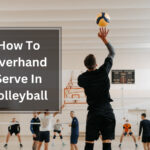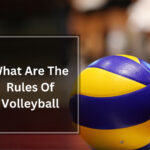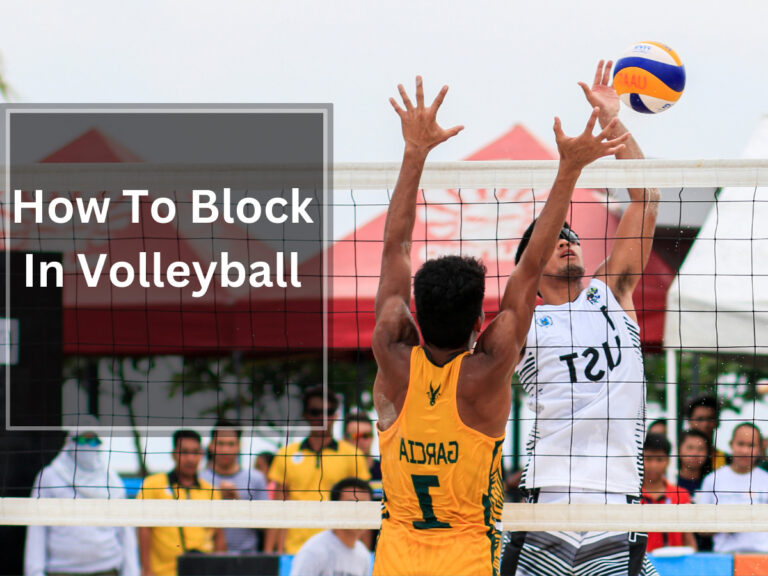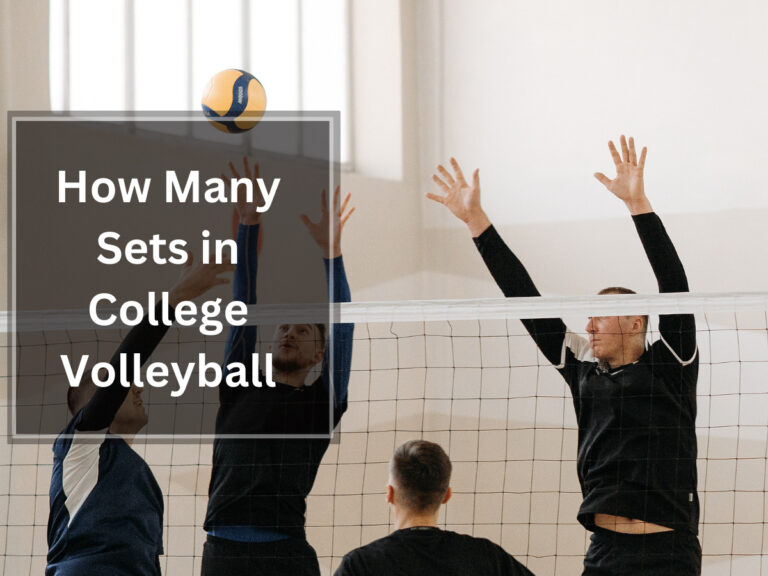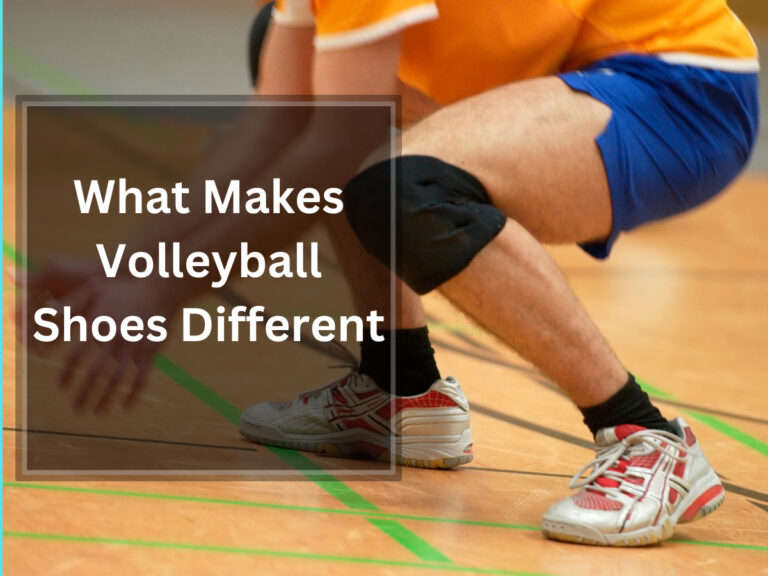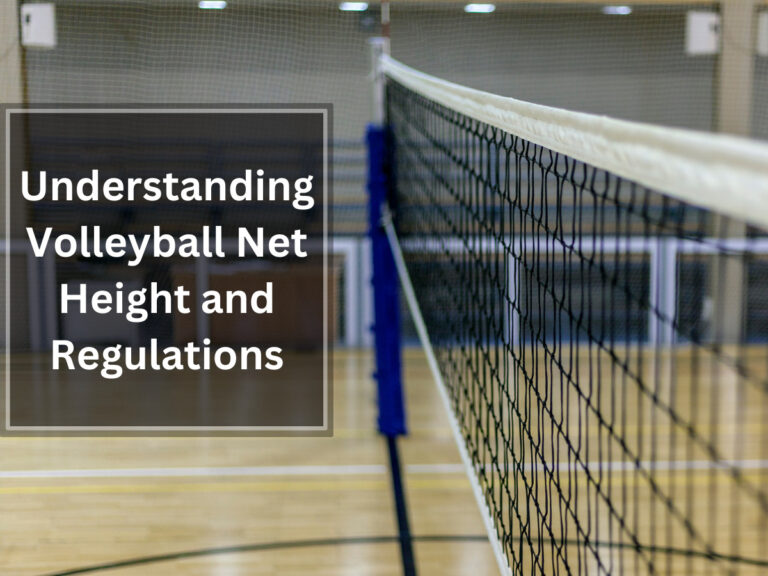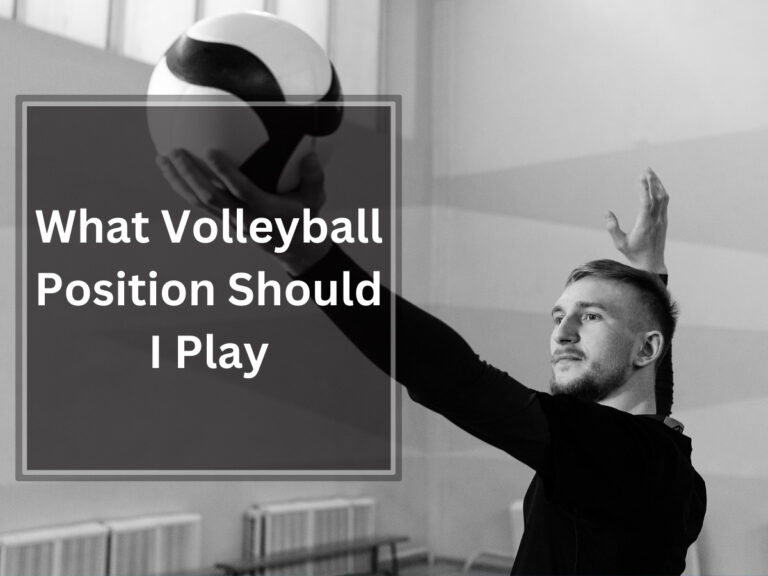Can You Touch The Net In Volleyball? Briefly Explained
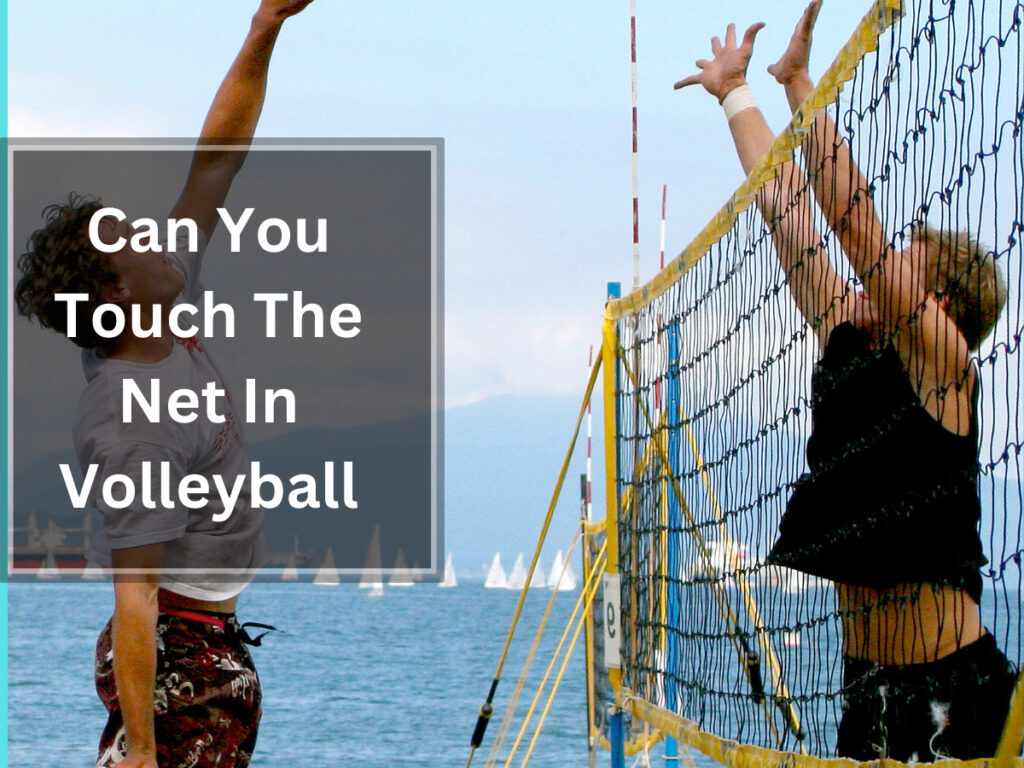
So, you’ve probably found yourself wondering, can you touch the net in volleyball? Well, I’m here to give you all the answers and clear up any confusion.
As a passionate volleyball player myself, I understand the importance of knowing and following the rules of the game. Net contact is a topic that often sparks debate among players and fans alike.
In this article, we’ll delve into the rules surrounding net contact in volleyball and explore both permissible and prohibited instances. We’ll also discuss techniques to avoid net violations and provide tips for maintaining proper net awareness on the court.
By understanding these rules and guidelines, you’ll be able to play fair, stay safe, and contribute to a level playing field.
So let’s dive in and uncover everything there is to know about touching the net in volleyball!
Table of Contents
Understanding the Rules of Net Contact in Volleyball
So, you’re curious about whether or not you can touch the net in volleyball? Well, let’s dive into understanding the rules of net contact in volleyball!
There are certain situations that result in a net touch violation. For instance, players are not allowed to touch the net between the antennae during an action of playing the ball. Contacting the net outside of the antennae is also considered a violation.
To prevent net violations, it is important for players to have proper net awareness and avoid using the net as support. Strategies such as maintaining balance and control while playing and landing can help prevent accidental touches.
It is crucial for players to be mindful of their movements and ensure they do not interfere with the play by touching the net. By following these rules and strategies, players can promote fair play and avoid losing points due to net touch violations.
The Consequences of Touching the Net in Volleyball
As a player, it’s crucial to remember that any violation of the net touch rule in volleyball can result in losing the point, impacting the flow and momentum of the game. Net touch violations can disrupt gameplay and give an unfair advantage to the opposing team.
To minimize net violations, players should focus on proper technique and positioning during play. Communication among teammates is also essential in avoiding net contact. Clear communication helps players anticipate each other’s movements and avoid collisions with the net.
Additionally, having a strategic approach to blocking and hitting can help reduce the risk of touching the net. By staying disciplined and maintaining good body control, players can improve their chances of avoiding net touch violations and maintaining a strong presence on the court.
Situations Where Net Contact is Permissible
Furthermore, players can skillfully maneuver around the net to gain a strategic advantage without violating any rules.
While touching the net during certain instances is not allowed and results in a violation, there are situations where net contact is permissible.
For example, if a player accidentally brushes against the net while not attempting to play the ball, it is considered acceptable.
Additionally, if the ball is driven into the net and makes contact with an opponent, it is not considered a violation.
These rules prioritize safety considerations while still allowing players to strategically position themselves near the net.
By understanding these nuances and utilizing their positioning skills effectively, players can navigate around the net without incurring penalties and maintain control over their plays.
Situations Where Net touch is Not Allowed
Additionally, there are situations where net touch is not allowed. One such instance is hair and clothing contact with the net. Referees usually do not call a violation for hair or jersey touching the net, as long as it doesn’t interfere with play. However, if a player’s hair gets caught in the net and hinders gameplay, it may be considered a violation.
The rules regarding net touch aim to ensure safety and fairness during matches. They prevent players from jumping into or landing on the net, minimizing potential injuries. These rules also promote fair play by prohibiting actions that give an unfair advantage, such as pulling down the net while hitting.
The net touch rule underwent a significant change in 2010. Any contact with the net while playing the ball became illegal. This rule change was made to eliminate ambiguity and provide clarity in calls made by referees.
Techniques to Avoid Net Violations
To prevent penalties during gameplay, it’s crucial to master techniques that can help you maintain control and avoid violations.
Did you know that players who effectively utilize proper footwork have a 30% lower chance of committing net touch violations? One of the most common mistakes that lead to net touch violations is improper foot placement. By maintaining a balanced stance and being mindful of your position relative to the net, you can greatly reduce the risk of making contact with it.
Another important technique is effective communication with your teammates. Clear and concise communication about positioning and responsibilities on the court can help prevent accidental net touches caused by miscommunication or confusion.
By focusing on these techniques for proper footwork and implementing effective communication strategies, you can significantly decrease the likelihood of committing net touch violations and maintain better control during gameplay.
Tips for Proper Net Awareness in Volleyball
Developing a keen sense of spatial awareness is vital for players to navigate the court effectively and avoid any unwanted penalties. Proper net positioning plays a crucial role in maintaining balance and preventing net violations. By staying aware of their proximity to the net, players can ensure they don’t make contact while attempting to play the ball. This requires constant vigilance and quick adjustments during gameplay.
Communication with teammates also plays an important role in avoiding net violations. Clear communication about positioning and intentions can help prevent accidental touches or interference with the net. Working together as a team, players can maintain proper net awareness and minimize the risk of penalties, ultimately contributing to a more successful and cohesive game plan.
Common Misconceptions About Net Contact in Volleyball
Be mindful of the invisible barrier that separates you from the excitement on the other side, as misconceptions about net contact can often lead to unexpected penalties and frustrations during a volleyball game. Here are three common misconceptions about net contact in volleyball:
Hair Contact: Many players wonder if hair touching the net is considered a violation. Generally, referees do not call net violations for hair or clothing contact unless it interferes with play. However, if a player’s hair gets caught in the net and affects the game, it may be called as a violation.
Rule History: The rules regarding net touch have evolved over time. Prior to 2010, any net touch was legal unless it interfered with play. However, this led to disagreements and conflicts. The rule change in 2010 made all net touches while playing the ball illegal for clarity in calls.
Net Safety: The primary reason for strict net touch rules is safety. Players jumping into or landing on the net can cause dangerous situations. By enforcing no-net-touching rules, players are encouraged to land safely without risking injury and unfair advantages are prevented.
Understanding these aspects of net contact will not only enhance your knowledge of the game but also contribute to fair play and enjoyable volleyball experiences for all involved parties.
How Referees Determine Net Contact in Volleyball Matches
Amidst the intensity of a volleyball match, referees possess the power to decipher the intricate details of net contact, influencing the fate of each team’s triumph or defeat. Ensuring fair play, referees play a crucial role in enforcing net touch rules and maintaining the integrity of the game.
They carefully observe every movement near the net and make quick judgments regarding net violations. To avoid penalties, players can follow some essential tips for avoiding net violations. First and foremost, clear communication between teammates is vital when near the net to prevent accidental touches.
Players should also be mindful of their body movements and maintain proper positioning to minimize any contact with the net. Referees are responsible for making accurate calls based on these guidelines, ensuring that each team has an equal opportunity to succeed without compromising safety or fairness on the court.
Frequently Asked Questions
Can touching the net result in injury?
Touching the net in volleyball can result in injury. It is important to follow the rules and prevent net violations. Rule enforcement regarding net contact helps ensure player safety and fair play on the court.
What happens if both teams touch the net simultaneously?
When both teams touch the net simultaneously, it results in a replay of the point. This is considered a net violation and the referee plays a crucial role in determining if simultaneous net touch occurred.
Is there a penalty for intentionally pulling down the net while hitting?
There are penalties for intentionally pulling down the net while hitting in volleyball. It is considered a net interference violation, resulting in the opposing team being awarded the point. To avoid this, players should focus on proper technique and control during their hits.
Can a player touch the net after the ball has gone out of bounds?
Yes, a player is not allowed to touch the net after the ball has gone out of bounds. This would be considered a net interference violation and result in consequences such as losing the point.
Are there any instances where touching the net is allowed during a game?
There are instances where touching the net is allowed in volleyball. Accidental contact without interfering with play is acceptable. If the ball hits the net and makes contact with an opponent, it’s not a violation. Referees make the call based on the rules and situation.



